Debunking the Myth: Animals with Down Syndrome

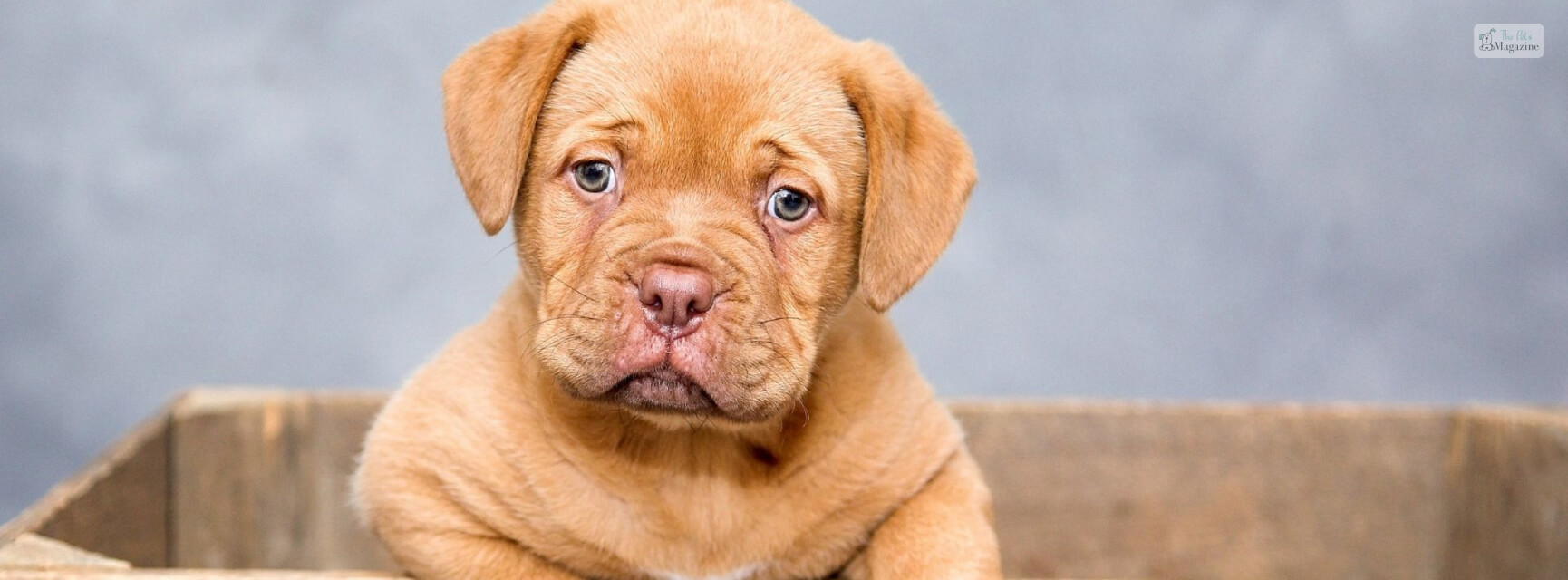
It is popularly known that humans are the majority population that has to deal with the condition of Down syndrome.
But in recent decades, it has been seen that the state of Down syndrome has spread to the animal kingdom as well. Though the numbers are quite limited, it is there.
Searching for “animals with Down syndrome” online yields information, videos, and images of creatures with similar genetic disorders. Let’s examine how these conditions impact them.
What Is Down Syndrome?
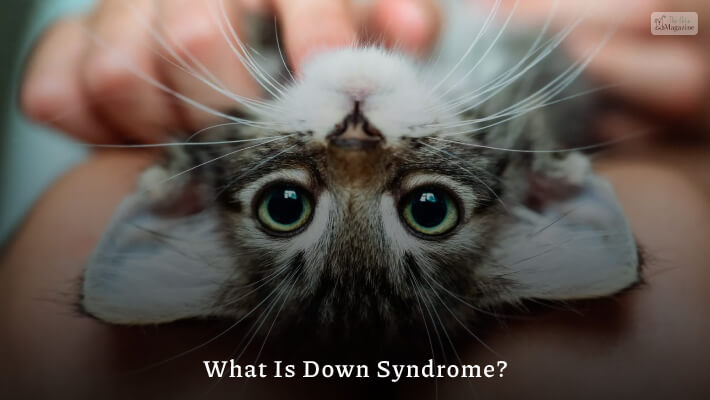
Down syndrome is a genetic condition where a person is born with an additional chromosome.
The main cause of Down syndrome is the extra chromosome, which is also known as Trisomy. Down syndrome is also known as Trisomy 21. Today we are discussing Down syndrome in animals and whether or not it is a life threat.
Animals With Down Syndrome: Myth or Reality?
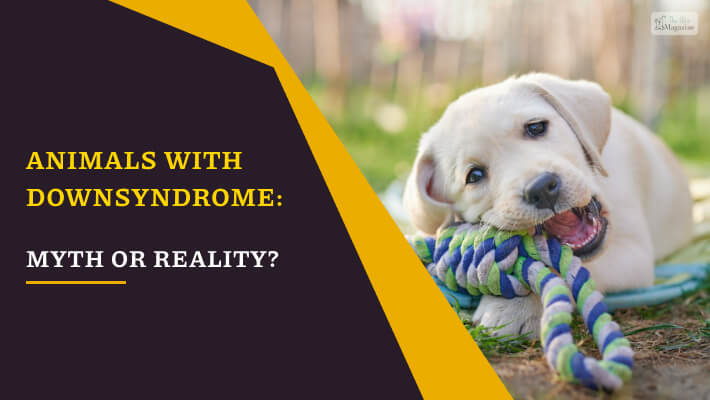
If you search the internet, you will get a lot of information about cats and dogs with Down syndrome, along with images. The images primarily feature similarities and symptoms that resemble this disease.
However, these are basically a deformity or genetic alteration, but not Down syndrome. This is a chromosomal disorder, characterized by an abnormality in the structure or number of chromosomes.
The Truth About Kenny And Otto
Two of the most famous claimed “animals with down syndrome” are Kenny the Tiger and Otto the Cat. But the real question is whether they were actually dealing with Down syndrome or it was just a money-making stunt played by the owners.
Kenny the Tiger
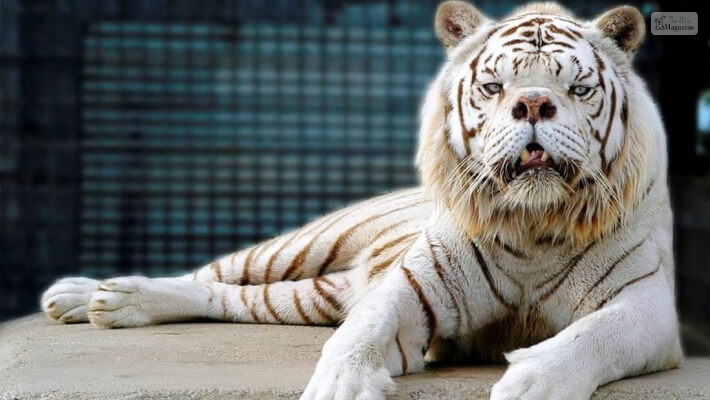
- Scientific Name: Panthera tigris
- Speed: 49 – 65 km/h
- Lifespan: 8 – 10 years
- Order: Carnivora
- Mass: 90 – 310 kg
- Conservation Status: Endangered (Population decreasing)
The story of Kenny the Tiger began in 1998 on a tiger farm in Arkansas. The discovery of the farm came to place when a number of species were slaughtered for their meat and fur in Europe.
Inbreeding of tiger cubs is happening illegally to sell them off at low prices on the internet. Kenny is the result of a similar inbreed. White tigers are, anyways, quite rare, which makes them very valuable and worth a lot of money.
But Kenny is the product of breeding two Royal Bengal tigers that had recessive genes of pigmentation. It is well-researched that inbreeding in captivity usually results in one in 30 chances that the baby will be born healthy.
For the rest 29 in question, they are born with certain deformities such as abnormal limbs, cross-eyed, and even problems in breathing and even chewing.
Kenny’s parents were brother and sister, and since white tigers are so unique and rare, they were forced to mate with each other. Except for Kenny, all of his other siblings were stillborn.
Due to the disfigured shape of Kenny’s face, although being a white tiger.
Although the breeders tried to claim that Kenny was born with Down syndrome, that was definitely not the case at all. On the contrary, Kenny had all the signs of forced inbreeding.
Kenny, the Down syndrome tiger, died in 2008, after his long battle with melanoma at the age of 10. The American Zoological Association banned these kinds of inbreeding in 2011.
They mentioned, “Breeding practices that increase the physical expression of single rare alleles (i.e., rare genetic traits)… have been clearly linked with various abnormal, debilitating, and, at times, lethal, external and internal conditions and characteristics.”
Otto the Cat
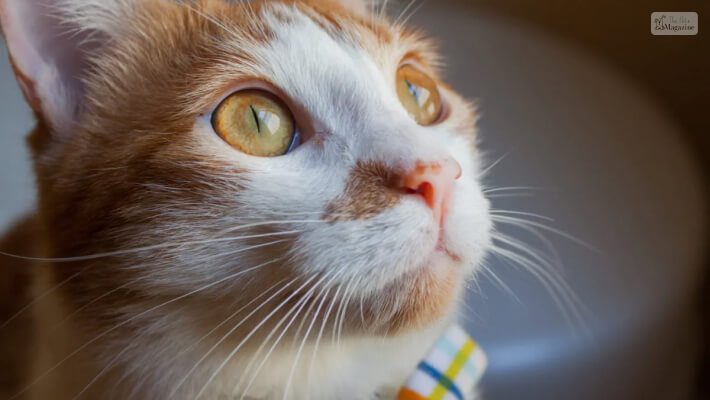
- Family: Felidae
- Gestation Period: 58 – 67 days
- Lifespan: 12 – 18 years
- Order: Carnivora
- Phylum: Chordata
- Kingdom: Animalia
Otto was the name of the Turkish cat who was born in Turkey and allegedly was the second animal with Down syndrome. The tragic life of Otto the Cat with Down syndrome went viral after he died after two and a half months after being born.
A veterinarian in Turkey diagnosed Otto to be the first cat to be born with Down Syndrome. But was the diagnosis correct or just a publicity stunt to boost traction?
Feline experts have claimed that a cat cannot have Down syndrome since a cat only has 19 chromosomes. So it is not possible for cats to have a genetic mutation.
Other Animals With Symptoms Like Down Syndrome
While the story of Kenny the Tiger and Otto the Cat is thought-provoking and certainly very famous, there are other animals with Down syndrome as well. Without wasting time, scroll down to check out the top animals with Down Syndrome.
1. Down Syndrome In Monkeys:
- Kingdom: Animalia
- Order: Primates
- Class: Mammalia
- Phylum: Chordata
- Infraorder: Simiiformes
Kanako the monkey was born in imprisonment as a resident of the Kumamoto Sanctuary. After her birth, she displayed a few qualities that, at best, can be termed as ‘strange’ – these qualities separated her from the other chimps. For instance, her eyes appeared to be crossed, and she also created waterfalls when she was one.
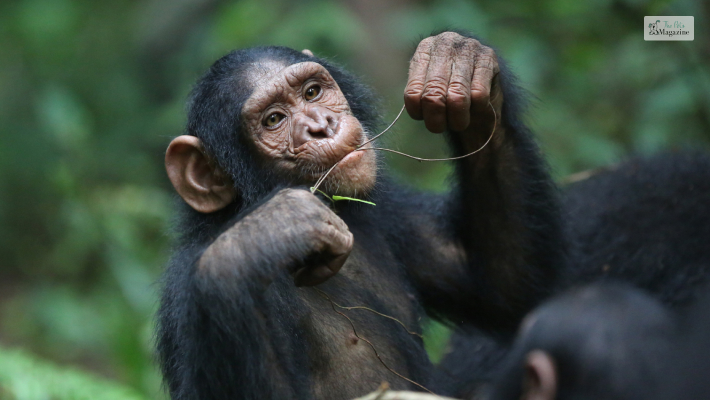
By the time she was seven, she had become completely visually impaired. Farther, she also displayed immature teeth and anomalies. Later, ongoing tests revealed that Kanako basically had the third duplicate of trisomy 22, also known as chromosome 22.
2. Giraffe
- Species: G. camelopardalis
- Family: Giraffidae
- Eats: Acacia
- Order: Artiodactyla
- Class: Mammalia
Even though the Giraffe is known as the creature with the longest legs, you might come across a bantam giraffe. However, this has nothing to do with Down syndrome.
This is a hereditary condition known as skeletal dysplasia that molds their bones in their head, spine, legs, and arms. Another condition that you might notice in them is birth asphyxia, where they face oxygen cut off and they don’t grow ultimately.
3. Beluga Whale:
- Mass: 1,400 kg
- Lifespan: 35 – 50 years
- Scientific name: Delphinapterus leucas
- Order: Artiodactyla
- Family: Monodontidae
- Phylum: Chordata
- Kingdom: Animalia
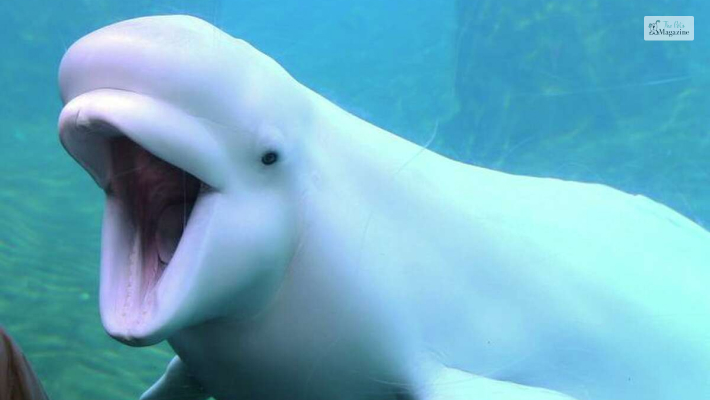
Beluga Whales are popularly known for their scope of vocal sounds and white tone, obtaining the ‘canary of the ocean’ title for them. These creatures are amiable and can shape a gathering to move, cooperate, or chase.
These creatures can be found in the Arctic as well as the sub-Arctic waters of the United States and near Alaska. Naturally, these animals feel most at home when they are close to bays and seaside coves and when they can move around freely in freshwater and saltwater.
Beluga whales have a layer of fat that is very thick and has a unique toughness that helps them to survive the frigid waters and icy climate of the Arctic.
But these whales are absolutely powerless when it comes to facing numerous dangers and stressors.
This includes provocation, contamination, connections related to fisheries, infection, environmental degradation, different types of human interference, predation from different executioner whales, gas and oil exploration, and more.
Quasi-Down Syndrome In Apes
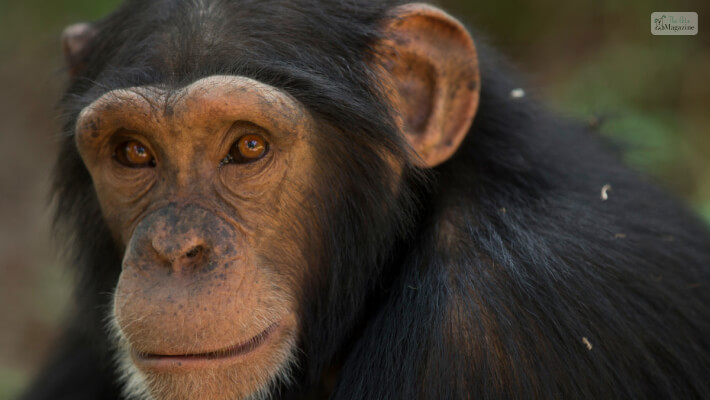
Though we can rule out animals with Down syndrome, a myth created to extort money out of people in the name of uniqueness, there is only one animal that has the possibility of being born with Down syndrome, and that is an Ape.
Apes have 24 pairs of chromosomes, while humans have 23 pairs. Down syndrome usually duplicates the 21s pair of chromosomes in humans.
Studies and diagnoses have shown that the 22nd pair of chromosomes in Apes are duplicated, similar to those in humans. So the Down syndrome monkey may exist.
What About Down Syndrome In Dogs?
Dogs can’t get Down syndrome in the same way that humans do. This is because chromosomes are the building blocks of our genes, and dogs have a different number of chromosomes than humans.
Humans have 23 pairs of chromosomes, while dogs have 39 pairs. An extra copy of chromosome 21 causes Down syndrome in humans.
Since dogs have a different chromosome makeup, having an extra copy of a corresponding chromosome wouldn’t cause the same condition.
There are a couple of reasons why dogs with an extra chromosome likely wouldn’t survive:
- Genetic abnormalities are often fatal in embryos or fetuses. Chromosomal abnormalities can interfere with the development of an embryo or fetus, which can lead to miscarriage or stillbirth.
- Dogs have a different genetic makeup than humans. Even if a dog did survive with an extra chromosome, it wouldn’t necessarily cause the same problems that Down syndrome does in humans.
However, this doesn’t mean that dogs can’t have genetic conditions that cause similar symptoms to Down syndrome. Some conditions that can mimic Down syndrome in dogs include:
Dwarfism
Dwarfism is a term used for several conditions that cause a dog to be smaller than its breed standard. There are two main types of dwarfism in dogs:
Pituitary Dwarfism
This is a hormonal disorder caused by a malfunctioning pituitary gland. The pituitary gland produces growth hormone, essential for growth and development. When the gland doesn’t produce enough growth hormone, the dog will be proportionally smaller with stunted growth.
Achondroplasia
This is a genetic condition that affects the development of cartilage, which is the precursor to bone. In achondroplasia, the cartilage doesn’t convert to bone properly, resulting in shortened limbs with a normal-sized head and torso.
Tracheal collapse
It is a condition in which the trachea, or windpipe, collapses. The trachea is a flexible tube reinforced with C-shaped cartilage rings.
In a healthy state, these rings keep the trachea open to allow air to flow freely to and from the lungs. However, in tracheal collapse, these cartilage rings weaken and lose their rigidity.
Additionally, the supporting tissue between the rings can stretch and weaken. This weakness causes the trachea to collapse inwards, especially during inhalation when negative pressure is created in the chest.
If you’re concerned that your dog may have a genetic condition, it’s important to see a veterinarian. They can perform a physical examination and recommend diagnostic tests to determine the cause of your dog’s symptoms.
Animals With Down Syndrome: Debunking The Theory
Humans have 23 pairs of chromosome cells; Down syndrome generally appears on the 21st chromosome and makes three copies of that chromosome. This is what changes the genetic characteristics of humans.
But for animals, it is different, most animals don’t have 21 pairs of chromosomes, and most have only 19 pairs. So it is highly possible that for animals like Kenny and Otto, their deformity was due to some genetic mutation or some hormonal imbalance or deficiency.
Other than Otto and Kenny, there have been other claims of cute animals with down syndrome over the years, but none of them were ever properly diagnosed or even researched. So these make it hard to take the claims seriously.
Although the internet has made it a sensation that animals with Down syndrome exist, it is not true. The entire theory is a myth created to profit from those poor animals.







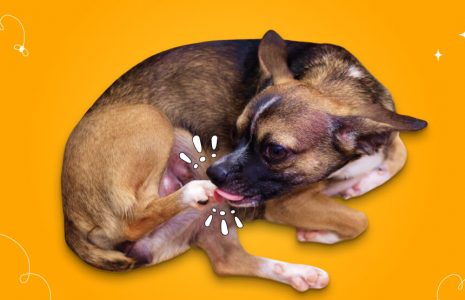
All Comments
3 May, 2023
It is great blog post. I Always read your blog. Helpful and Informative blog. Thanks for sharing these information with us.
Reply